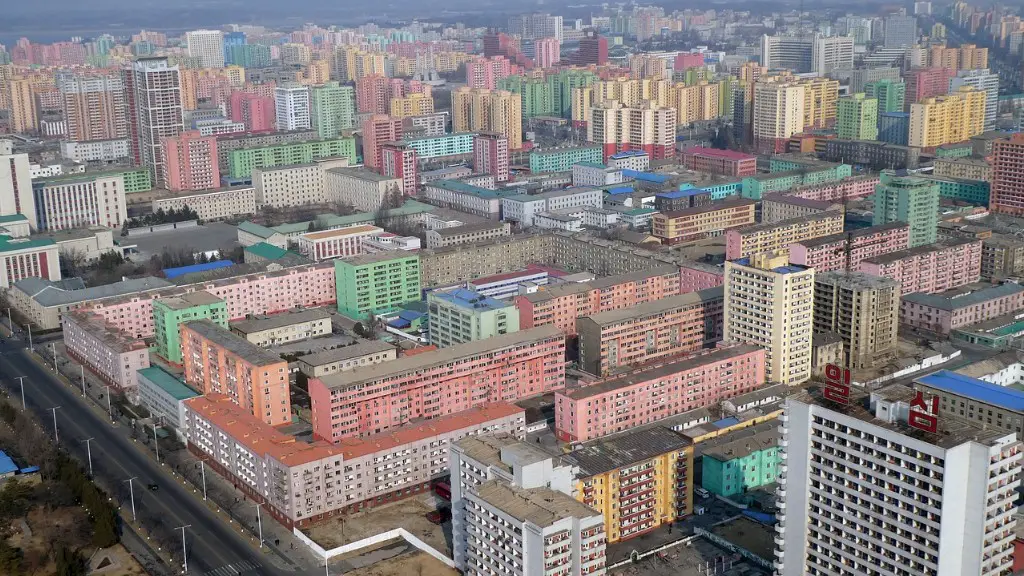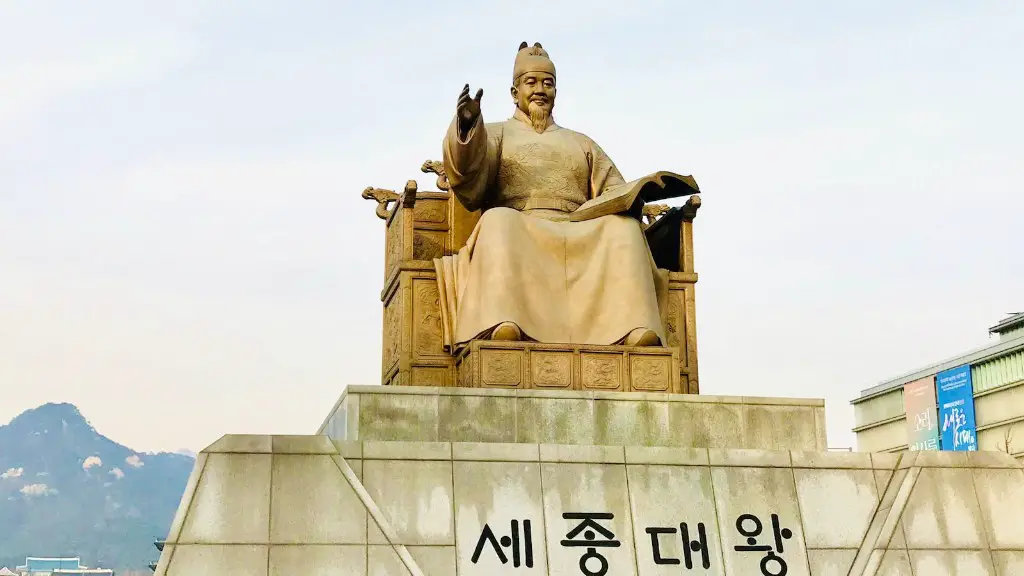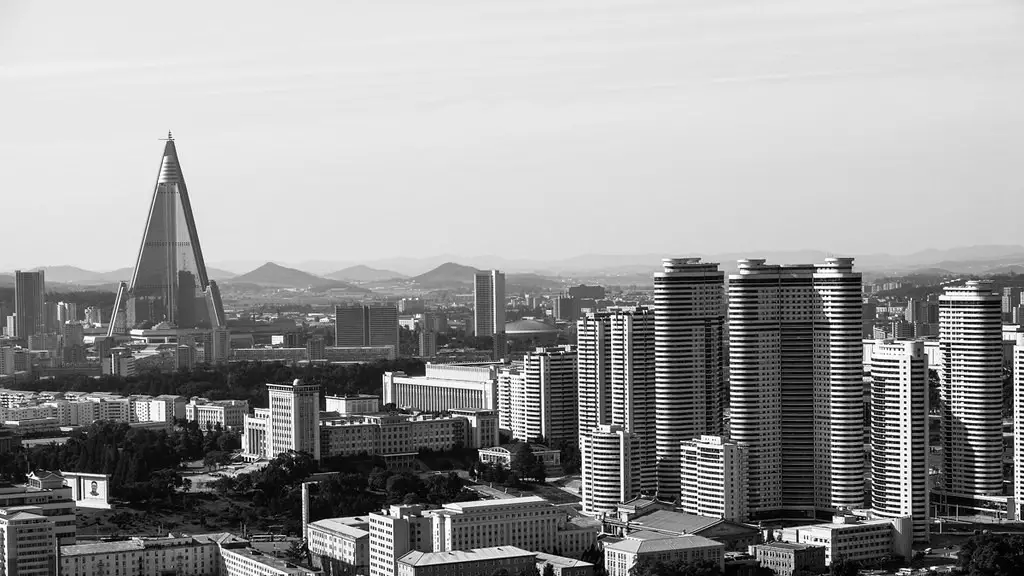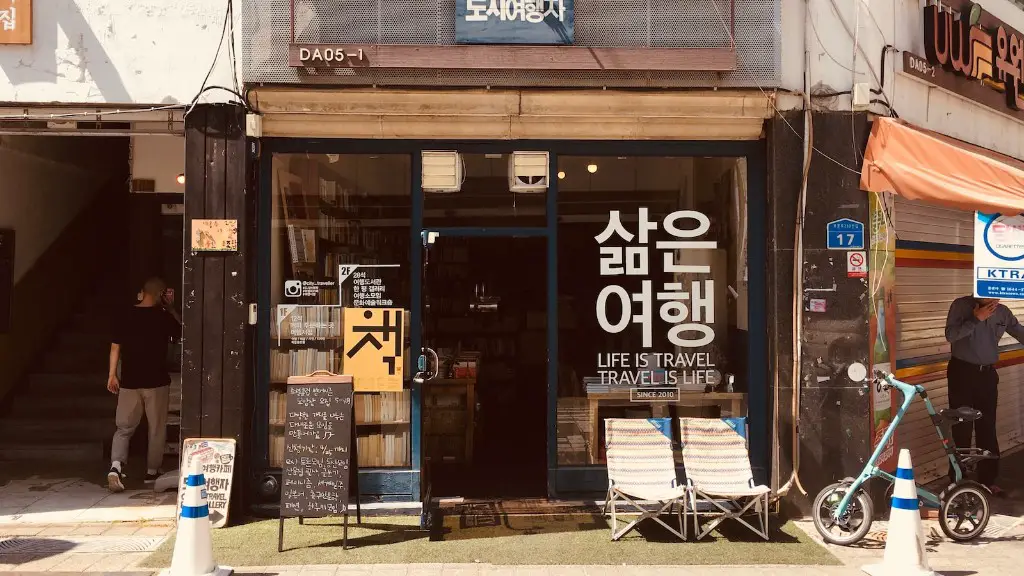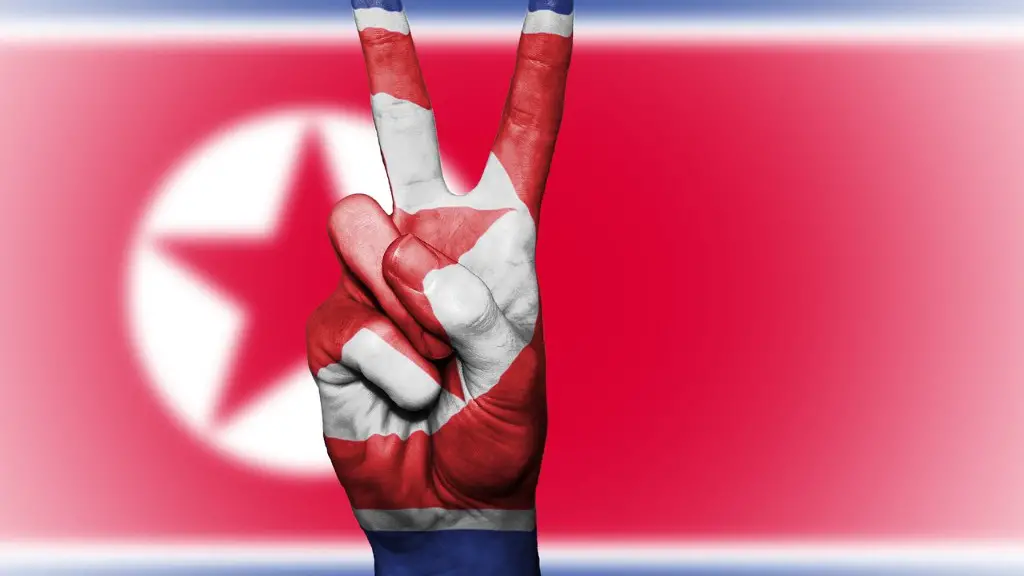The year was 1945, and after 35 long years of Japanese occupation, Korea saw a period of liberation. With World War II coming to a victorious conclusion, major allies such as Britain, the United States, and the Soviet Union began taking steps to free several countries under hostile rule. Korea was one of those countries, and its liberation marked the dawn of a new era. Little did anyone know that this new era would come at the cost of two separate nations, a North and a South.
For hundreds of years before 1945, the Koreans had lived in relative unity; the nation was a fusion of different ethnicities, cultures, and traditions. They had always shared a common language, as well as a shared history of suffering, occupation, and unfairness. Living in relative unity for multiple centuries meant that a civil war or conflict of sorts was out of the question. But, when World War II ended, the nation was divided into two, each side coming under the influence of two separate superpowers.
After the Japanese surrender, the United States immediately occupied the southern half of the peninsula, encouraging Koreans from that side of the country to embrace democracy. Against the wishes of the newly formed South Korean government, the Soviet Union installed a communist system in the north. This unfair installation of power created an intense rivalry between the two halves of Korean. Despite a majority of activists and nationalists calling for national unity, the newly formed North and South Korean governments focused on cultivating their respective sides of the peninsula.
The newly formed South Korean government underwent several periods of political turbulence and power shifts, with a short-lived civil war in 1949–50. Both sides of the peninsula continued to grow disjointed from each other, and their worldviews in political, economic, and social affairs seemed diametrically opposed. Conditions deteriorated even further when North Korea invaded South Korea in June 1950. This invasion sparked the Korean War, the war which stands to this day as the greatest armed conflict to take place in the peninsula’s almost one thousand year history.
As defined in the 1953 armistice agreement, North and South Korea were divided along the 38th parallel line, creating a de facto border between them. Since then, the two countries have moved closer and closer to decidedly different paths. North Korea became more and more isolated, while South Korea fostered strong ties with the West and sought to become part of the global economy. Though reunification was the dream of those on both sides of the border, the levels of national separation drove the dream further and further away. Until this very day, South and North Korea stand as two distinct nations, steeped in decades of animosity.
Economic Development of South Korea
South Korea has come a long way since it was carved from Japanese occupation in 1945. What was once a country crippled by war is now one of the most developed countries in the world. South Korea has experienced spectacular growth in terms of economic prosperity, political stability, and social liberty. This comes as a result of hard work from their citizens and the country’s leaders.
After the ravages of the Korean War, South Korea was an economically destitute nation. Its citizens were living in deep poverty, and agricultural and industrial production levels had hit rock bottom. However, South Korea’s government invested heavily in a range of initiatives, including agricultural reform programs, industrialization, and the cultivation of domestic and foreign investment. These measures, combined with the country’s talented, hard-working people, allowed the Republic of Korea to emerge as one of the world’s greatest economic success stories.
Today, South Korea is the 12th largest economy in the world, with one of the highest per capita incomes in Eastern Asia. It is a multi-party democracy, with bustling cities full of skyscrapers, shopping malls and a vibrant nightlife. South Korea is home to some of the world’s most advanced technology companies, including Samsung and LG Electronics, and is credited with bringing the world a range of culturally influential products such as K-Pop, K-drama, and Korean cuisine.
Political Ideals of North Korea
Politically, North Korea stands in stark contrast to South Korea. It is an authoritarian state with leaders who often adopt an increasingly belligerent stance towards its southern neighbor. North Korea is one of the few truly communist nations in the world, where the ruling party has strict control over its citizens’ lives through a system of ideological indoctrination, surveillance, and punishment.
North Korea also stands in sharp contrast to the majority of the world in terms of human rights. Its government has a notorious reputation for its human rights abuses, including forced labor camps, torture, and executions. Additionally, the country is often cited for its failures in terms of level of development; poverty levels are remarkably higher than in South Korea and cultural opportunities are severely limited for its citizens.
North Korea is often viewed as an isolated nation: both diplomatically and geographically. The majority of world powers have an exceedingly negative view of the country and its leaders. Additionally, the nation has limited economic ties with much of the world, with the exception of its neighbor, China. With its self-imposed political, economic, and cultural isolation, North Korea has failed to move out of its entrenched position and into the global community.
Geographic Differences
The physical landscapes of the two sides of the Korean peninsula are distinctly different. North Korea, located in the colder and mountainous province of the peninsula, suffers from a severe shortage of resources, while South Korea is much more industrialized and abundant in natural resources. South Korea boasts vibrant cities and 20 national parks, while North Korea puts a much greater emphasis on military preparedness and defense, dedicating a large part of its economy to its military and weapons.
The two sides boast incredibly different infrastructure, with modern roads, bridges, and skyscrapers in the South, and cobblestone roads and dilapidated, outdated buildings in the North. South Korea is home to several renowned universities, while North Korea’s educational system is limited and compromised. South Korea also has far more cultural diversification than North Korea, with a range of restaurants, music, and shops that attract people from all over the world.
Such deep geographical differences paint a direct reflection of the national, political, and economic tensions that exist between North and South Korea, tensions that to this day are incredibly entrenched.
Attitude Towards Unification
Koreans pine for unification of the two Koreas and have done so for decades, despite the political and economic differences that have been growing between them. To achieve this highly desired state, the South Korean government has worked hard to establish positive diplomatic ties with its northern neighbor. South Korean President, Moon Jae-in, has made it clear that he would like to see the peninsula unified by 2025.
The chances of this revolutionary notion becoming a reality remain difficult to gauge; most observers believe that it is a close to impossible goal, due to multiple factors including economic disparity, divergent political systems, and the immense security infrastructure on both sides. The extreme personal, economic, and political costs of a reunified Korea could be disastrous and result in a lasting breakdown in trust between the two sides.
On the other hand, some experts believe that the unification of the two Koreas is inevitable. They point out that a unified Korea would represent a much more powerful and influential player on the world stage and provide more stability to the region. It could also benefit both North and South in terms of economic growth and could spur the birth of a vibrant cultural and technological utopia.
Aid Measurements
As a result of the decades of acrimony between the two sides, South Korea has several aid programs to support its northern neighbor. These aid initiatives vary from food and medical supplies to economic and humanitarian initiatives. For instance, South Korea has launched the Peace Economy Fund, which is aimed at helping develop the North Korean economy. This fund is used to finance infrastructure projects, economic ties, and other peace-building activities on the Korean peninsula.
South Korea’s government has also taken a number of steps to improve communication between the two nations, including an agreement on military watchposts and hotlines. The two countries also cooperate in cultural, academic, sports, environmental, and scientific fields. South Korea also has a cross-border brokering system which facilitates a small amount of legal trade.
In 2018, South and North Korea held the historic “Panmunjom Summit”, a joint summit between their two leaders at a border village in the demilitarized zone. This summit marked a major milestone in the two countries’ effort to improve inter-Korean dialogue and seek a common agenda. Since then, both sides have taken steps to extend cooperation in areas such as infrastructure repairs and developments, humanitarian matters, and the reuniting of families separated by the Korean War.
The Role of the U.S. in the Korean Issue
The force that oftentimes serves as a tool for maintaining the current situation between the two Koreas is the United States. Officially, the US has long supported a unified Korea, but in reality, its foreign policy towards the issue has remained hesitant, as Washington has its own interests in the region.
The US has had a longstanding policy of military assurance for South Korea, a policy which often includes military exercises and joint mobilization. Such activities have been widely condemned by North Korea and its allies, as conventional military preparations are seen as a precursor to aggression by North Korean authorities. This has led to an even greater divide between the two countries.
The US has often sought to use the threat of North Korea as leverage to secure American interests in East Asia and to pressure regional players like China into political and economic negotiations. This stance has made a Korean unification difficult, as U.S. foreign policy detracts from the unification process. Nevertheless, the diplomatic relations between the three countries have been strengthening in recent years and talks on the reunification process have become more commonplace.
The Need for a Unified Strategy
Despite major strides in the relationship between the two Koreas, an official reunification process remains a distant dream. This is primarily due to the deeply entrenched political, economic, and cultural divisions that exist between them, divisions that have only grown greater since their divided state began 70 years ago.
Achieving successful unification and eventual reconciliation will require both sides to have a unified strategy and an open dialogue. To achieve this, both sides will have to be ready to make compromises and concessions, and consider innovative approaches to the issue. Only then will they be able to bridge the abyss that has grown in the peninsula since 1945.
